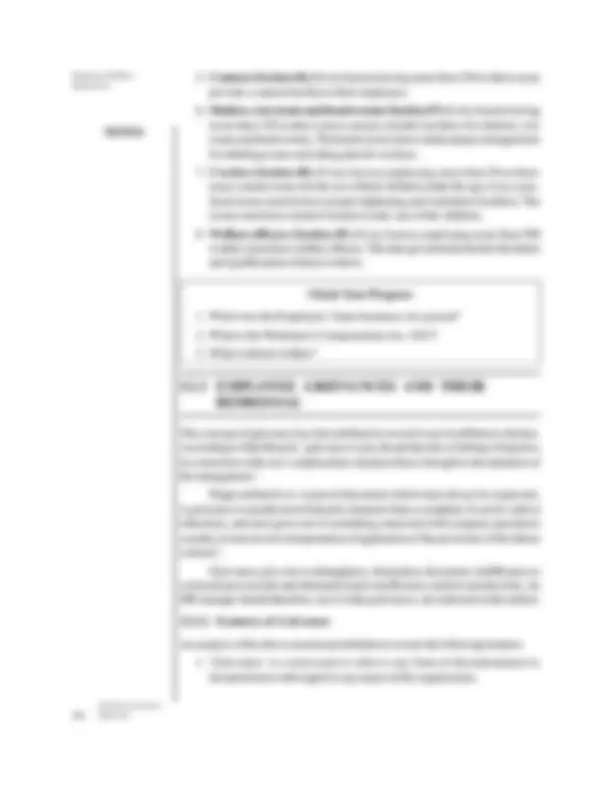



Study with the several resources on Docsity

Earn points by helping other students or get them with a premium plan


Prepare for your exams
Study with the several resources on Docsity

Earn points to download
Earn points by helping other students or get them with a premium plan
Community
Ask the community for help and clear up your study doubts
Discover the best universities in your country according to Docsity users
Free resources
Download our free guides on studying techniques, anxiety management strategies, and thesis advice from Docsity tutors
Human Resource Management (HRM) is a strategic and comprehensive approach to managing people within an organisation. It involves recruiting, hiring, training, evaluating, and rewarding employees to maximise their performance and align with the organisation’s goals. HRM also ensures compliance with labour laws, fosters a positive workplace culture, and supports employee development and well-being. By managing workforce planning, performance, compensation, and employee relations, HRM plays a vital role in organisational success. In today’s dynamic business environment, HRM is increasingly data-driven and aligned with long-term strategic planning, making it an essential function in both large corporations and small enterprises.
Typology: Lecture notes
1 / 2

This page cannot be seen from the preview
Don't miss anything!


Self-Instructional Material 143
Employee Welfare, Separation
2. From employer’s point of view: Employers provide amenities to discharge their social responsibility, raise the employee’s morale, use the workforce more effectively and reduce turnover and absenteeism. Welfare helps build a positive image of the organization and makes it easier for them to attract and hire competent personnel. 3. From union’s point of view: Trade unions role in labour welfare stems from worker’s need for welfare services. Unions feel that welfare services ought to be provided whether by the government or the employers. However, much depends on the initiative of the unions, their bargaining strength and the priority given by them to the rights of the workers.
Principles of labour welfare
The following principles should be borne in mind while setting up a labour welfare service:
Provisions of Factories Act regarding labour welfare
The Factories Act, 1948, under Sections 42 to 49, contains certain provision for the welfare of the labour working in the factories. The following are some of the provisions mentioned under this act:
Employee Welfare, Separation
Self-Instructional 144 Material
Check Your Progress
The concept of grievance has been defined in several ways by different scholars. According to Dale Bearch, ‘grievance is any dissatisfaction or feeling of injustice in connection with one’s employment situation that is brought to the attention of the management.’ Flippo defined it as ‘a type of discontent which must always be expressed. A grievance is usually more formal in character than a complaint. It can be valid or ridiculous, and must grow out of something connected with company operations or policy it must involve interpretation of application of the provisions of the labour contract.’ Grievances give rise to unhappiness, frustration, discontent, indifference to work and poor morale and ultimately lead to inefficiency and low productivity. An HR manager should therefore, see to it that grievances, are redressed at the earliest.
12.3.1 Features of Grievance
An analysis of the above-mentioned definitions reveals the following features: